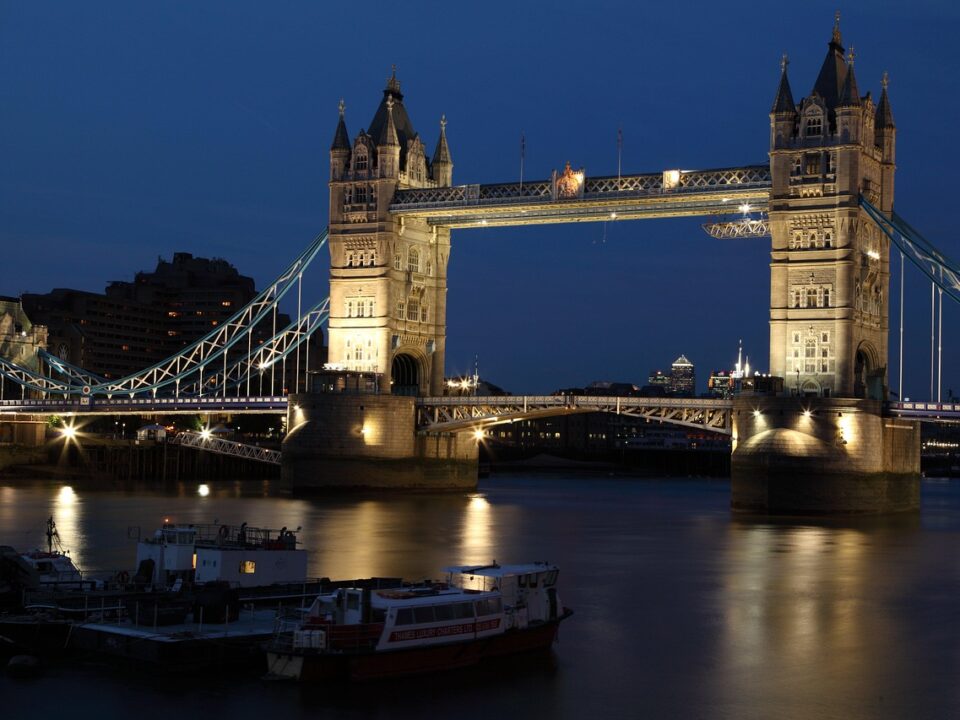
The Pros and Cons of Studying Law at A-level
November 22, 2014
Secret Trials: A More Balanced View
December 19, 2014The Changes Brought by the Misrepresentation Act 1967
Before discussing the changes brought by the Misrepresentation Act 1967, it is necessary to understand common law misrepresentation.
A misrepresentation is a false statement of fact or law which induces the other party to enter into a contract. Under common law, misrepresentation can be divided into three types: fraudulent misrepresentation, negligent misrepresentation and innocent misrepresentation. Under fraudulent misrepresentation representee is required to prove a fraudulent state of mind of the representor. Under Derry v Peek as per Lord Herschell, there are two ways which can be used to prove fraud. Either to show that the representor had knowingly made a statement without believing in its truth or that he/she was reckless as to whether the statement made by him/her was true or false. However, for the representee to prove a fraudulent state of mind on the part of the representor is extremely difficult and in some cases almost impossible, in particular because the standard of proof is beyond reasonable doubt.
Upon establishing one of the requirements, two remedies may be available for the defendant to choose: rescission and damages. In discussing the damages awarded under fraudulent misrepresentation, one case worth mentioning here is the East v Maurer case. In this case Beldam LJ was of the opinion that it is not that loss of profit is not recoverable under tort of deceit, but it is simply that in previous cases such as Toteff v Antonas (an Australia decision) and Doyle v Olby, the judges did not have the benefit of considering whether loss of profit is recoverable. Thus, he was of the opinion that the cases mentioned above did not imply that loss of profit is not recoverable. He stated that loss of profit is recoverable under the definition of damages for tort of deceit given by Lord Atkin in Clark v Urquhart – actual damage directly flowing from the fraudulent inducement. The actual damages here are the opportunity cost suffered by the claimant – the profit that he would have earned by running a similar business in a similar area. This case has changed the quantification of damages under fraudulent misrepresentation from the previous reliance measure (out of pocket rule) to include loss of profit. Therefore, now since under fraudulent misrepresentation loss of profit can be claimed, claimants will usually try to make a claim under fraudulent misrepresentation if possible.
Upon failure to prove fraud a claimant can still bring an action under negligent misrepresentation. This requires, an existence of a fiduciary or special relationship between the parties: a duty of care (Hedley Berne v Heller). The representor must have breached that duty of care and the representee must have suffered a loss. Upon satisfying these requirements the remedies of rescission and damages may be available. For damages under negligent misrepresentation, the courts only award for the expenses incurred. Therefore, negligent misrepresentation will be the claimant’s second choice in light of the type and amount of damages that are claimable. However, the biggest problem in bringing a claim under this head is that it is rather difficult to prove a duty of care as it only exists in very limited circumstances.
The third type of misrepresentation is innocent misrepresentation. This is where the representee is making a statement which he believes is true. This implies that he is neither fraudulent nor negligent, but why should compensate the claimant? The answer is that the representor has nevertheless committed a tort i.e, civil wrong. Innocent misrepresentation will be the claimant’s last choice under common law misrepresentation, when the claims under fraudulent and negligent misrepresentation have failed. This is due to the minimal compensation granted under it, as only damages in lieu of rescission are available.
Generally, the problems faced by the claimants in making a claim under the common law is due to the difficulties in proving misrepresentation as the burden of proof is on the part of the representee. T is also useful to note that in some cases when a claim is brought against the representor, he finds ways to eliminate the evidence that would prove that he had made the representation e.g. a CCTV recording. In addition the remedy of rescission may also appear inadequate as its grant is subject to ‘the bars of rescission’ and not every claim can fulfill those conditions One should also note that rescission is an equitable remedy and thus is subject to the court’s discretion.
Given the above challenges faced by the representee in bringing an action under the common law misrepresentation, the Parliament has enacted the Misrepresentation Act 1967. Two key sections to be noted are s.2(1) and s.2(2) which were designed to overcome the barriers under the common law misrepresentation. Under s.2(1), if a contract is concluded as a result of misrepresentation and the claimant suffers losses then the representor will be held liable for damages as though he has fraudulently made the misrepresentation even if he did not. This presumption will stand unless the representor can prove that he had reasonable grounds to believe that the statement made by him was true. This shows a reversal in the burden of proof. It mitigates the major problem faced by most claimants under the common law misrepresentation, mainly their inability to discharge their burden of proof. It forced them to step down to a lower level of claim in terms of damages granted, starting from fraudulent misrepresentation then to negligent misrepresentation and lastly to innocent misrepresentation. Therefore under s.2(1) if the representor fails to discharge the burden of proof then the representee is entitled for damages and the contract may be rescinded subject to the bars of rescission. The damages granted under s.2(1) are reflective of the loss of profit under the case of East v Maurer (note that previously loss of profit was not claimable under s.2(1)).
s.2(2) of the Act only applies if the burden of proof is discharged under s.2(1). An action under s.2(2) is similar to an action for negligent misrepresentation. The damages granted here are based on reliance measure. However, different interpretation has been given to whether under s.2(2) the right to damages is dependent upon the right to rescind the contract. Under Thomas Witter v TBP Industries, the courts have granted the claimant damages when rescission was no longer available. Whilst in Government of Zanzibar v British Aerospace damages were not granted as the right to rescission was lost.
In conclusion, a claim under contract law, i.e, the Misrepresentation Act 1967, is now favoured by claimants as opposed to a claim under tort law, i.e, common law misrepresentation, due to the changes brought about by the 1967 Act due to a reversal in the burden of proof.





